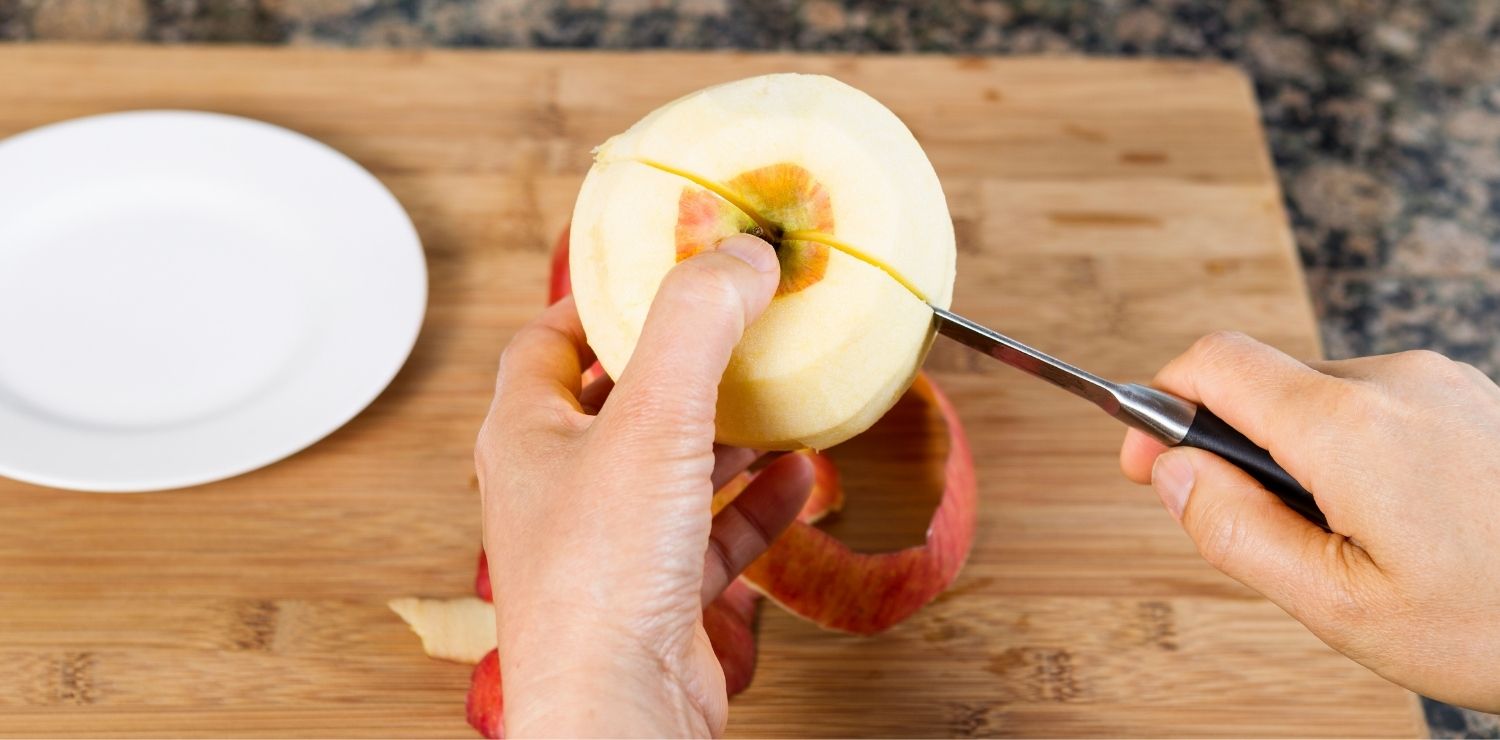What is the paring knife used for and how to use it?
In the vast world of kitchen knives, the paring knife holds a special place. Smaller and more maneuverable than its counterpart the chef's knife , the paring knife is a versatile tool that finds its place in many kitchen preparation tasks. In this article, we'll explore the many uses of the paring knife and show you how to use it effectively.
What is a paring knife?
The paring knife, also known as a peeling knife, is a kitchen knife with a compact and handy design. It is characterized by a short blade, usually 7 to 10 centimeters long, and a tapered tip. The blade is designed to be sturdy while remaining thin and sharp. This combination makes it a versatile tool for a variety of kitchen preparation tasks.
Uses of the paring knife
-
Peeling: The most common use of the paring knife is peeling vegetables and fruits. Thanks to its short, pointed blade, it is ideal for removing the skin from apples, potatoes, carrots and other vegetables and fruits.
-
Precision Cutting: The paring knife is also perfect for precision cutting. It can be used to gently remove seeds and membranes from chili peppers, peel and mince garlic, or cut fruit into smaller pieces.
-
Delicate tasks: Tasks requiring great precision, such as deboning poultry, preparing shrimp or filleting fish, are also made easier by using the paring knife.
-
Trimming: If you need to remove eyes from potatoes, cut stems from strawberries, or remove unwanted parts from vegetables, the paring knife is an ideal tool.
-
Creating Decorations: Creative chefs often use the paring knife to create edible decorations from vegetables and fruits, adding an artistic touch to dishes.
Tips for using your paring knife effectively and safely
-
Keep a steady hand: Make sure the blade is sharp to minimize the risk of slipping. Hold the knife handle firmly with a steady hand.
-
Use short, precise strokes: The paring knife is designed to make short, controlled movements. Avoid long, sudden movements to minimize the risk of injury.
-
Work slowly and carefully: Precision is essential when using a paring knife. Take your time with each task and avoid rushing.
-
Maintain your knife: Be sure to keep the blade sharp and sharpen it regularly for optimal performance. A dull knife can be dangerous.
-
Safety First: Be aware of the position of your fingers and hands when using the paring knife, and avoid cutting yourself by exercising caution.
In conclusion, the paring knife is an essential tool in any kitchen . Its versatility makes it a great companion for a variety of preparation tasks, from peeling to precise cutting to delicate tasks. With a little practice and care, you can fully exploit the potential of this knife to improve your cooking skills and prepare delicious dishes.







Beware of Scams! Top Tips to Check Kaitsuko Authenticity
Black Friday and excellent cuisine: The perfect fusion with Kaitsuko